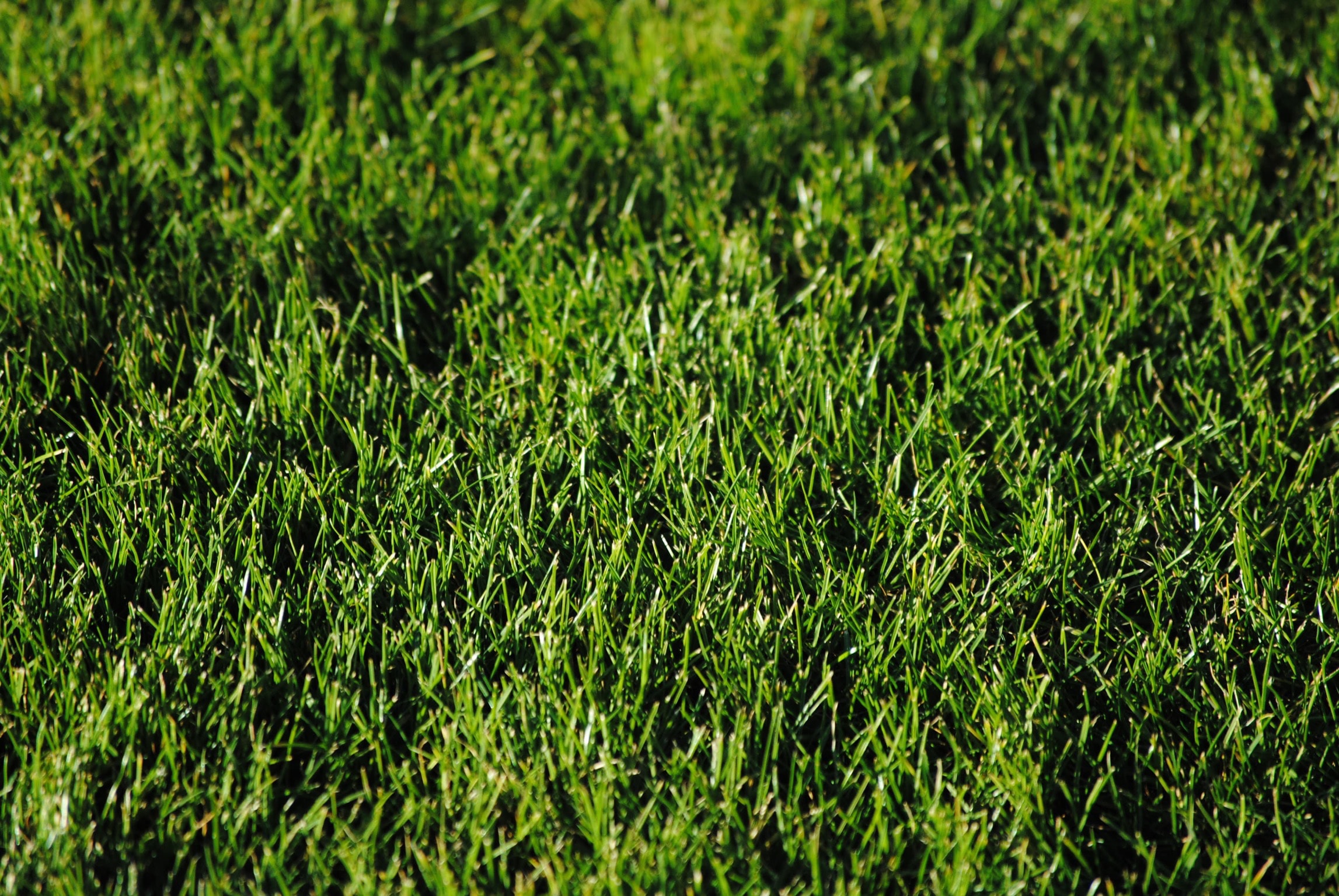It’s a question that I get each year about this time: what can I do to help my lawn get rid of weeds and look better this year?
Lawn fertilization is a key and knowing how much and what type is important. But with Covid-19 changing our lives so much, the university laboratories that we depend on to help us with fertilization are closed.
Without the aid of a soil test, every research-based article that I’ve read says the general recommendation is a 3:1:2 ratio fertilizer. One example of that ratio would be a 15-5-10 fertilizer.
Behind the three numbers is nitrogen, phosphorous and potassium. Those three are the most needed of the 16 nutrients required for a plant to grow.
Nitrogen makes plants green and growthy, key for lawns. Phosphorous is great for seed germination and flower development. Now, phosphorous is a vital nutrient, but turfgrass doesn’t need to germinate from seed and certainly doesn’t need to bloom. Potassium, the last of the major three nutrients helps with root development and is a close second to nitrogen for overall lawn health.
But how much? The simple answer is seven pounds of 15-5-10 per 1,000 sq. ft. Do this three, maybe four times a season.
Technically, San Augustine needs two to five pounds of nitrogen per 1,000 square feet each year. Because nitrogen is a highly mobile nutrient, we divide the application rates up to keep it available for the plants as they are growing.
So, what about “weed and feed” products?
They certainly work, but I’m not a fan of the product because of the timing issues. I consider this combination product as being very similar to a “shampoo and conditioner in one!” product. I mean really, is your hair dirty or do you need to condition your hair?
To get the best-looking yard possible, treat for weeds when you need to get rid of weeds. Fertilize when it needs feeding.
Most every weed we have blooming or going to seed now is a “cool season” plant.
“Cool season” weeds germinated and started growing last fall and during the winter. They are the weeds that you may notice are blooming now. The timing for their control was last fall. This fall, about October or November, is when you’ll treat for the next spring’s weeds.
Many of these cool season weeds will be gone by summer. That will be the time for our warm season weeds to germinate and grow.
There are several products on the market that can do a great job. One active ingredient that I’ve bragged about for some time is atrazine. This was shared with me by a local golf course professional that told me it was the only product he’d use on St Augustine grass.
For in-depth information on weeds, there is an outstanding fact sheet for homeowners that just came out last year from AgriLife Extension. In your search engine, type ESC-055 or “A Homeowner’s Guide to Herbicide Selection for Warm Season Turfgrass Lawns”.
Lastly, is your sprinkler system running? If so, I’d probably turn it off. Overwatered lawns in the spring are prime targets for fungal disease in the fall. Watch the weather and add water when we have an extended dry spell. Summer is a great time to add water regularly to lawns. Anyone with the automatic system applying water three times a week now, may be hurting their lawn more than helping it.
I hope this year’s lawn is your best one yet. Timing the weed control, the addition of nutrients, and your watering regimen correctly will greatly impact your success.






